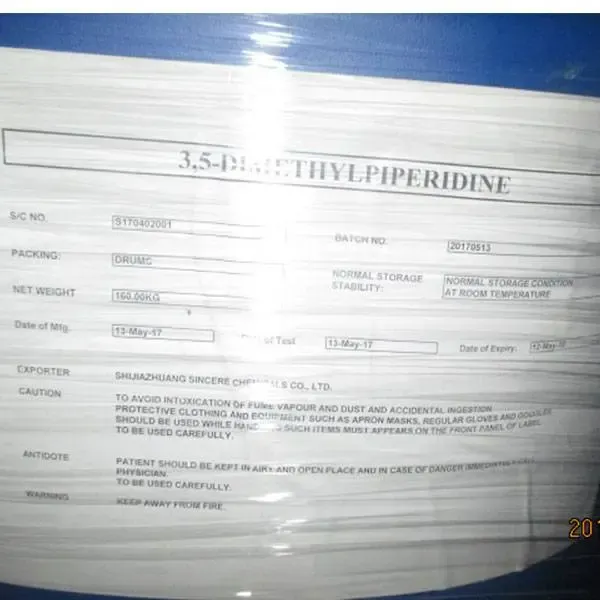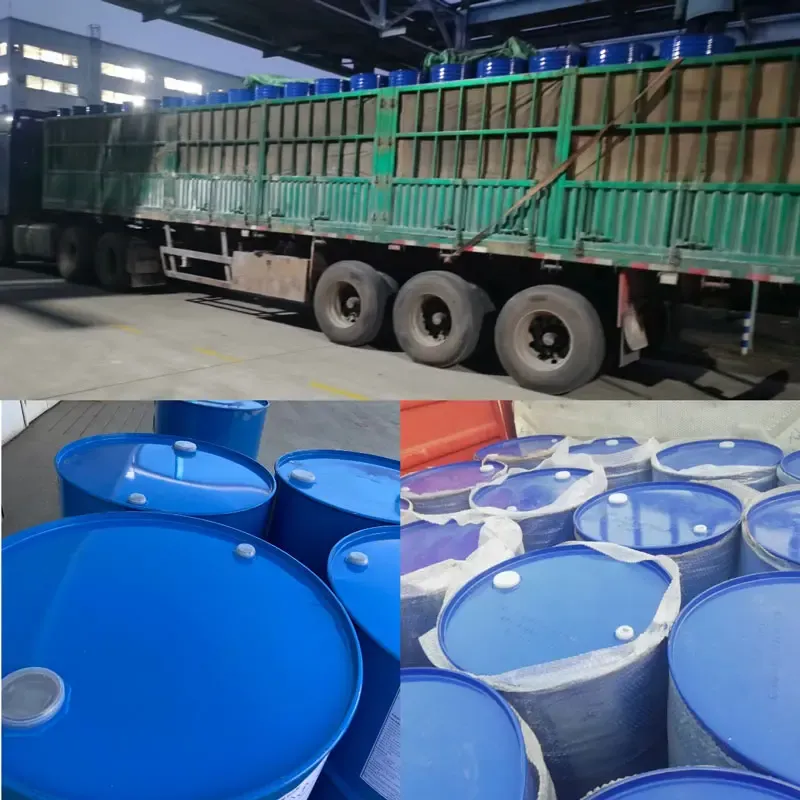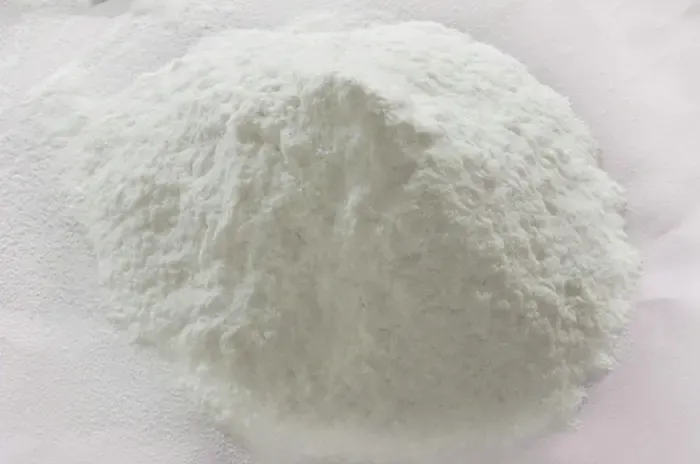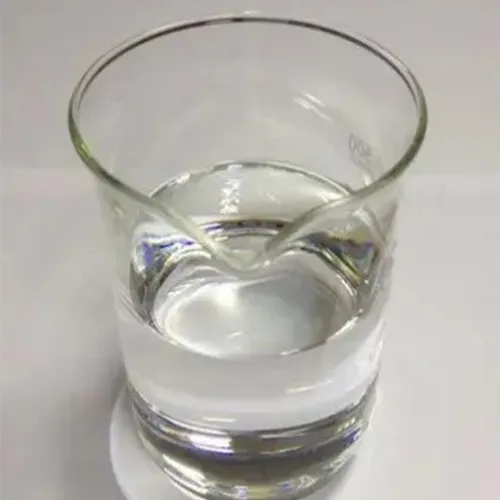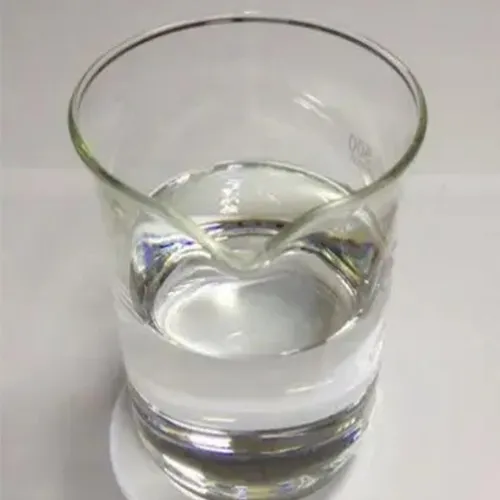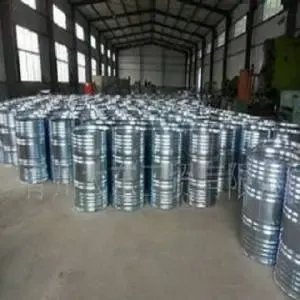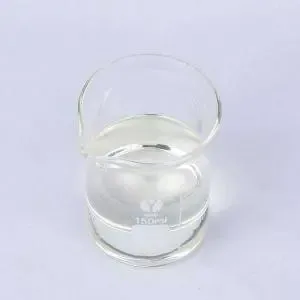Phenyl Dichlorophosphate and Its Applications
Phenyl dichlorophosphate is a significant chemical compound widely used in the synthesis of various industrial chemicals. As a phosphorus-containing reagent, it is highly valued in organic chemistry for its ability to introduce phosphoric groups into organic molecules. Phenyl dichlorophosphate is often employed as an electrophilic reagent in chemical reactions, particularly in the synthesis of phosphates, phosphonates, and phosphoramidates. Its versatile nature makes it a key compound in both research and industrial applications, especially in the fields of pharmaceuticals, agrochemicals, and fine chemicals. By acting as a phosphorizing agent, phenyl dichlorophosphate plays a pivotal role in the development of a variety of chemical products, making it a staple in the production of advanced materials.
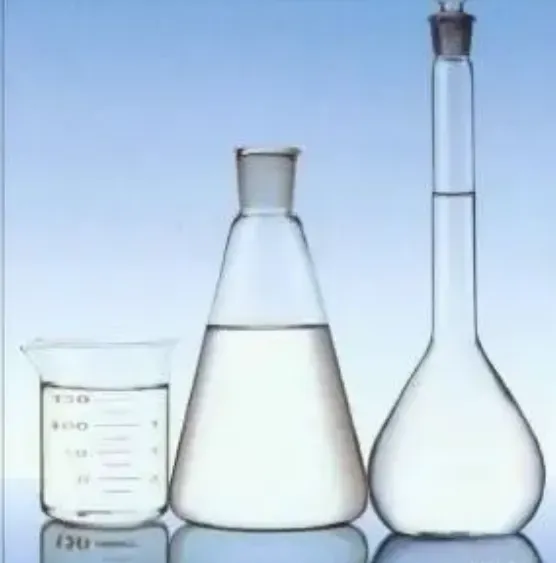
Phenyl Dichlorophosphate CAS No: Ensuring Accurate Chemical Identification
The unique identification number for phenyl dichlorophosphate is its CAS number, a system widely used in the chemical industry to ensure accurate identification and traceability of chemical substances. The CAS number for phenyl dichlorophosphate is crucial for manufacturers, researchers, and suppliers to locate and procure the chemical with confidence. The system helps avoid confusion in a market where multiple similar compounds may exist, ensuring that the correct reagent is used in experiments and industrial processes. With its specific CAS number, phenyl dichlorophosphate can be easily sourced and tracked through the entire supply chain, from production to application. This unique identifier guarantees that industry standards are met, and safety protocols are adhered to when working with phenyl dichlorophosphate.
Phenyl Dichlorophosphate Synthesis: A Key Process in Chemical Manufacturing
Phenyl dichlorophosphate synthesis is a crucial process in chemical manufacturing, enabling the production of this highly useful compound for various industrial applications. The synthesis typically involves reacting phenol with phosphorus trichloride or a similar phosphorus-based chlorinating agent, resulting in the formation of phenyl dichlorophosphate. This method provides a controlled environment for the creation of phenyl dichlorophosphate, ensuring high yields and purity. The ability to synthesize this compound efficiently is essential for large-scale production, especially in industries that rely on phosphoric compounds for the creation of plastics, pesticides, and flame retardants. Mastery over phenyl dichlorophosphate synthesis ensures that manufacturers can meet the demands of diverse markets, producing high-quality products for a wide range of applications.
Phenyl Phosphorodichloridate: A Related Compound with Unique Properties
Phenyl phosphorodichloridate, also known as phenyl dichlorophosphate, is a closely related compound with similar chemical properties but used in slightly different contexts. As a chlorinated organophosphorus compound, phenyl phosphorodichloridate is often used in the same types of chemical reactions as phenyl dichlorophosphate, but with specific applications in mind. It serves as an important intermediate in the synthesis of flame retardants, lubricants, and other specialty chemicals. Like phenyl dichlorophosphate, phenyl phosphorodichloridate is valuable in producing phosphoric esters, which are used in agricultural chemicals, water treatment, and even in high-performance coatings. This compound’s unique reactivity and structure make it highly desirable in industries requiring specialized organophosphorus chemicals.
Post time: Mar . 07, 2025 15:49











